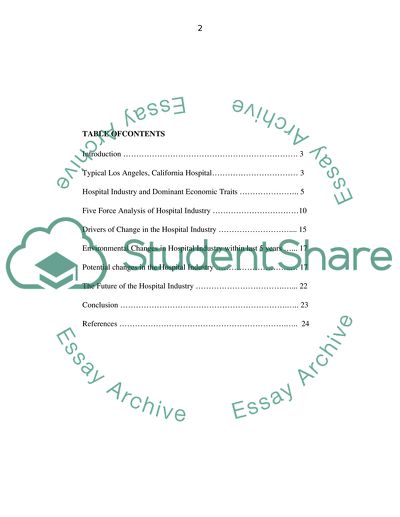Cite this document
(Hospital Industry Economic Analysis Term Paper Example | Topics and Well Written Essays - 5000 words, n.d.)
Hospital Industry Economic Analysis Term Paper Example | Topics and Well Written Essays - 5000 words. Retrieved from https://studentshare.org/finance-accounting/1732319-hospital-industry-economic-analysis
Hospital Industry Economic Analysis Term Paper Example | Topics and Well Written Essays - 5000 words. Retrieved from https://studentshare.org/finance-accounting/1732319-hospital-industry-economic-analysis
(Hospital Industry Economic Analysis Term Paper Example | Topics and Well Written Essays - 5000 Words)
Hospital Industry Economic Analysis Term Paper Example | Topics and Well Written Essays - 5000 Words. https://studentshare.org/finance-accounting/1732319-hospital-industry-economic-analysis.
Hospital Industry Economic Analysis Term Paper Example | Topics and Well Written Essays - 5000 Words. https://studentshare.org/finance-accounting/1732319-hospital-industry-economic-analysis.
“Hospital Industry Economic Analysis Term Paper Example | Topics and Well Written Essays - 5000 Words”, n.d. https://studentshare.org/finance-accounting/1732319-hospital-industry-economic-analysis.


